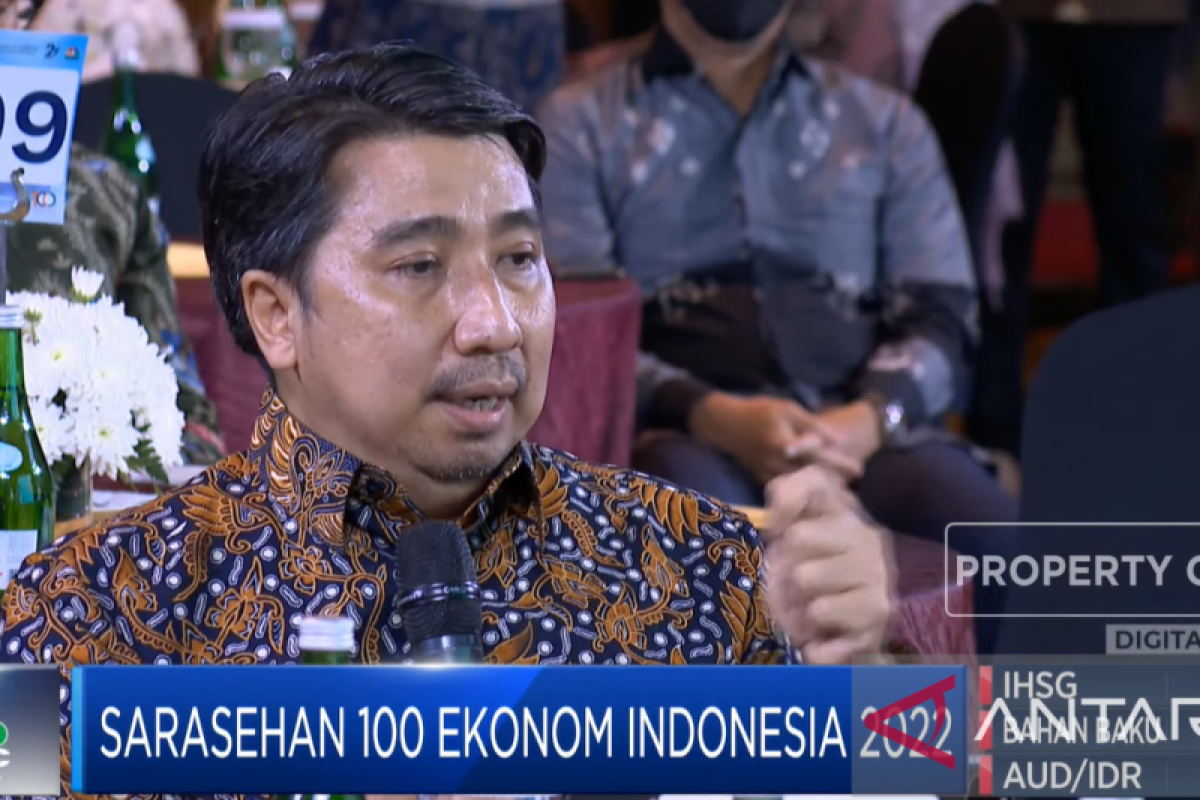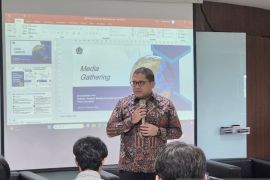Stagflation came about as a result of continued high commodity prices that caused the inflation as well as benchmark interest rate to hike that potentially hinders economic growth.
This condition becomes a spectre that eventually gives rise to the pressure of stagflation, he remarked.
The threat of global stagflation will affect Indonesia through three channels: trade with weakening export, commodity with price hike, and finance that triggers a policy response from developed countries, Juhro remarked.
Nonetheless, Indonesians should be grateful that Indonesia is one of the countries with adequate resiliency, given that it can still grow 5.44 percent year-on-year (yoy) in the second quarter of 2022, he remarked.
From the external standpoint, Indonesia's trade balance is also quite good, with well-managed exchange rate pressure as compared to other countries despite it having depreciated, he remarked.
However, he noted that the current domestic issue that the country is focused on is inflation from the supply side.
"This occurs especially amid the people's mobility that starts to increase," he remarked.
Hence, he deemed that Indonesia's economic growth had continued to be maintained, given that it is not yet strong enough to handle various global uncertainties.
Meanwhile, monetary policies will be directed toward stability, whether through the benchmark interest rate policy, rupiah exchange rate stabilization, or liquidity restriction, he noted.
During the event, Juhro also said BI ensures that liquidity of the United States (US) dollar is safe.
Related news: Citizens should purchase MSMEs' products to tackle likely stagflation
Related news: Stagflation impedes economic stability: BI
Translator: Agatha Olivia V, Fadhli Ruhman
Editor: Rahmad Nasution
Copyright © ANTARA 2022












